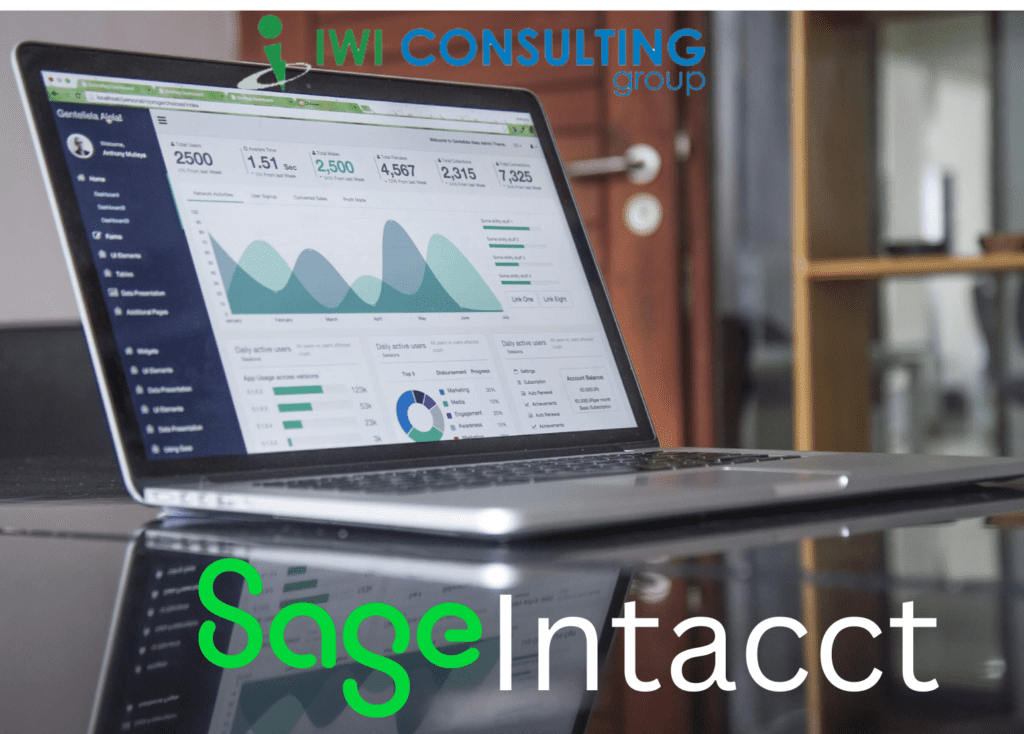Sage Intacct: AP and AR Automation
For businesses to succeed, cash management is critical.
Companies can’t get by on estimates and guesswork. They need to know how much they owe to vendors and partners, and how much they’re owed by partners and purchasers to both manage day-to-day operations and create long-term plans.
In practice, this requires improved control and oversight of two key processes: Accounts payable (AP) and accounts receivable (AR). Here’s a look at the role of each process, how they work together, and how companies can make the most of AP/AR with automation from Sage Intacct.
What is Accounts Payable?
AP refers to the money owed by companies to their vendors or suppliers. In many cases, vendors allow companies to purchase goods or services on credit with payment due after goods and services have been received. In some cases, vendors request payment in full while in others they may offer installment plans. Payments are considered liabilities for accounting purposes.
Effective AP management is critical for companies to ensure they understand how much they owe, who they owe it to, and when the amount is due. As noted by recent research from Deloitte, however, 35% of companies report that high AP processing costs are one of their biggest challenges, and 30% say that despite increased spending, payments are often late.
What is Accounts Receivable?
AR, meanwhile, refers to the list of all monies owed to a company for the products or services they sell. These outstanding invoices appear as asset accounts on the company balance sheet because customers have a legal obligation to pay their debts. As a result, they’re considered part of a company’s working capital and can be used to secure loans or as collateral for other purchases.
According to data from IDC, top challenges in AR include manual collection processes and Excel-based reporting. Manual processes can increase the time between invoice and payment by up to 67%, while spreadsheets introduce the risk of mistakes — research found that 88% of spreadsheets contain errors.
How do They Work Together?
AP and AR are two halves of the same coin.
Consider a company that extends credit to a business partner for the purchase of product components. For the supplier partner, this credit counts as AR — there’s a legal obligation for the business partner to pay the balance per the terms stated on the invoice.
For the purchaser, meanwhile, the credit counts as AP. It’s entered in their balance sheet as a liability that must be paid within a specific timeframe. If payments aren’t made, companies could face late penalties or interest charges or find that business partners are no longer willing to extend credit.


How Sage Intacct AP and AR Can Help
Automation can help streamline both of these processes to reduce processing time, eliminate errors, and ensure that companies have the data they need to make strategic decisions about purchasing and sales.
To achieve AP and AR automation, companies need the right foundation. This means leveraging accounts payable software and accounts receivable solutions that make it possible to stay on top of both AR and AP processes anytime, anywhere.
For example, Sage Intacct AP software can help cut AP processing times by up to 65% or more thanks to seamless integration with Sage Intacct Cash Management, Inventory, and Purchasing along with real-time access to AP transactions and data. Sage Intacct AR software, meanwhile, puts companies in control with real-time visibility into customer histories and aging balances with configurable dashboards and reports. The result? More efficient collection processes that can reduce days sales outstanding (DSO) by 25-50%.
Integrating Automation
Sage Intacct AP and AR solutions can also help companies improve payment and collection processes with integrated automation. Key benefits include:
- Reduced errors
Reduce errors by eliminating error-prone processes such as manual data capture and entry. Not only does this help reduce time to payment but means your teams can focus on business growth rather than invoice and payment corrections.
- Shorter invoice and payment cycles
Implementing AP and AR automation can help you achieve healthier cash flows by shortening invoice and payment cycles.
- Automatic collection notices
Create and deliver automatic collection notices to remind payers of their obligation to resolve outstanding invoices, in turn reducing your DSO.
- Complete data access
With real-time access to all accounts payable and accounts receivable transactions and data, your teams are better equipped to make both short- and long-term decisions that benefit your business. Enhance your AP and AR processes with Sage Intacct software and automation. Ready to get started? Contact IWI Group today. Let’s talk.














